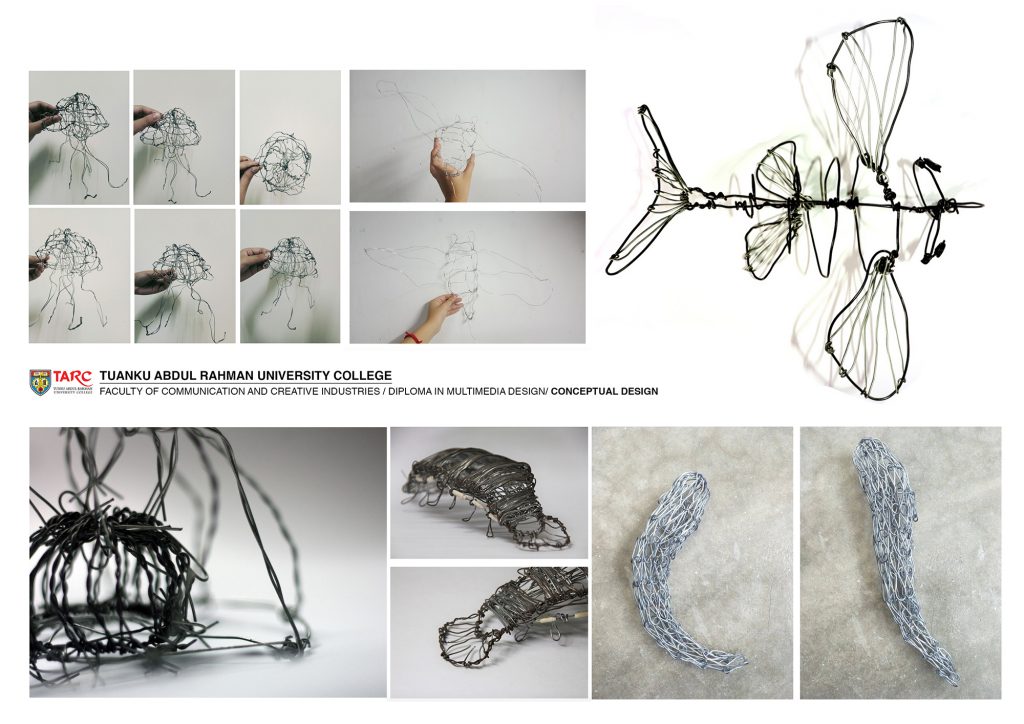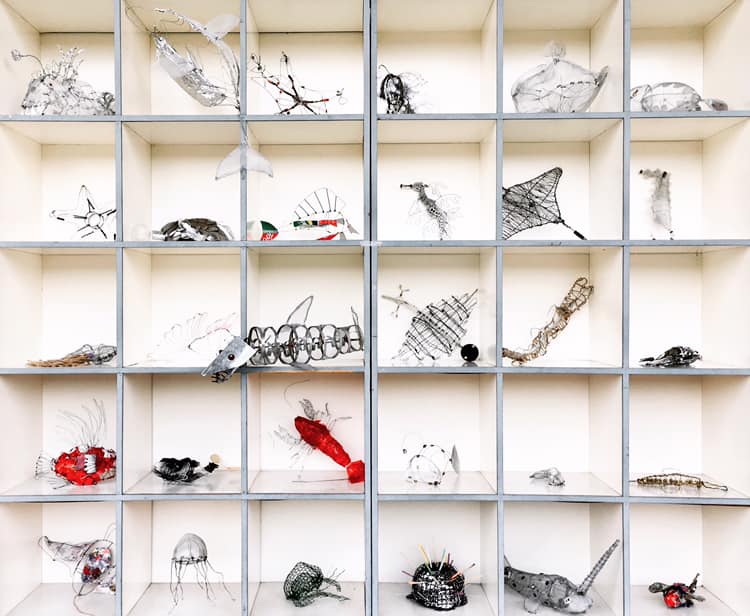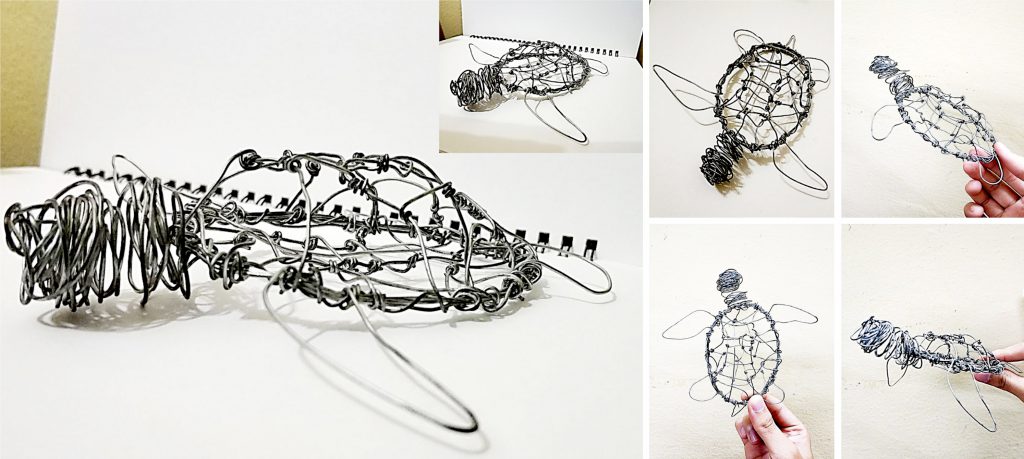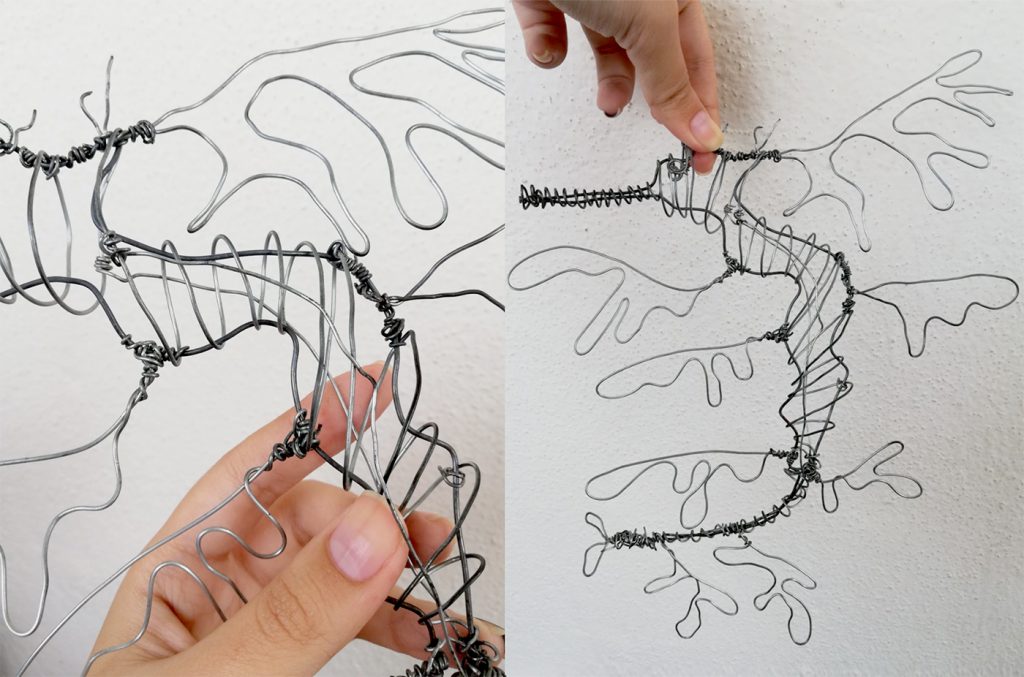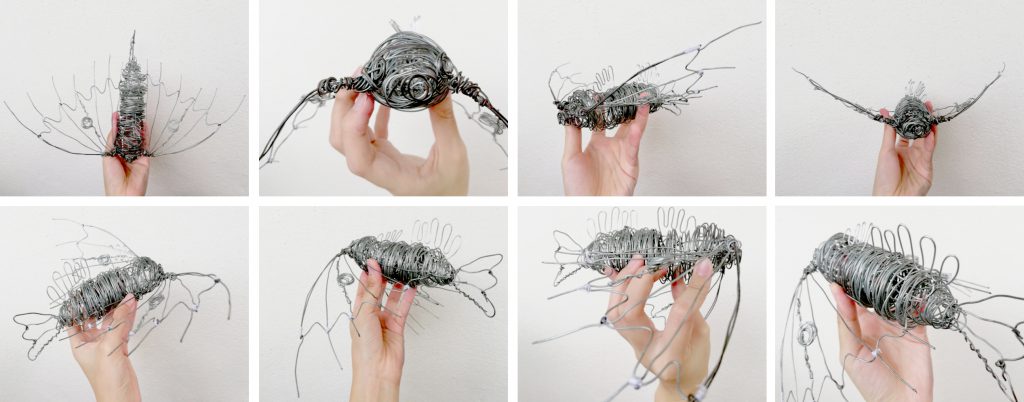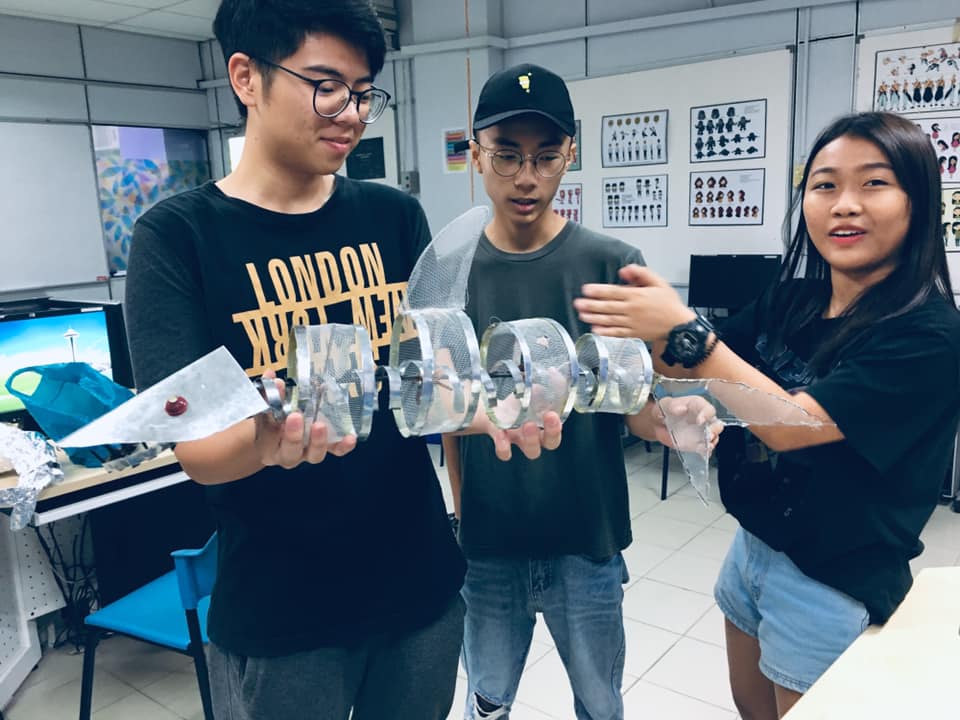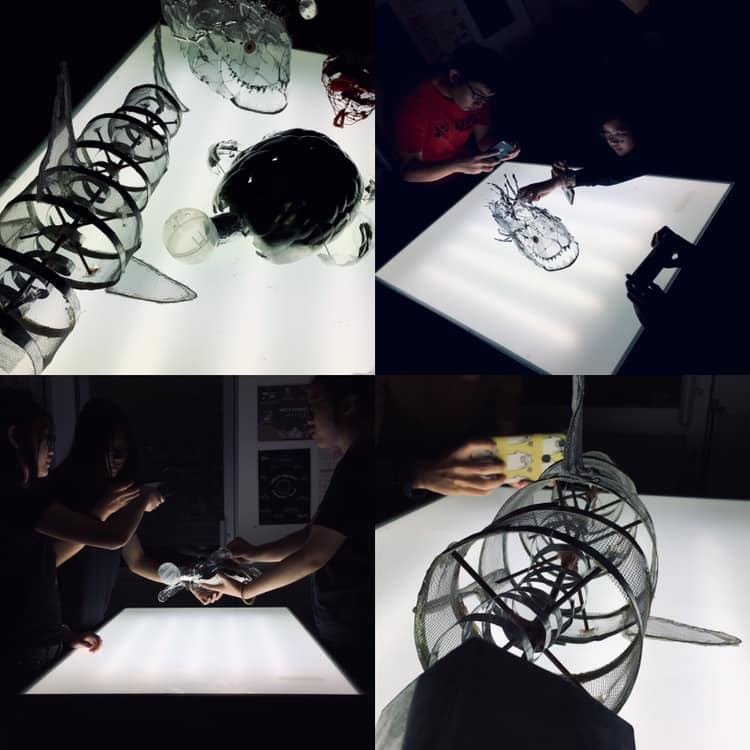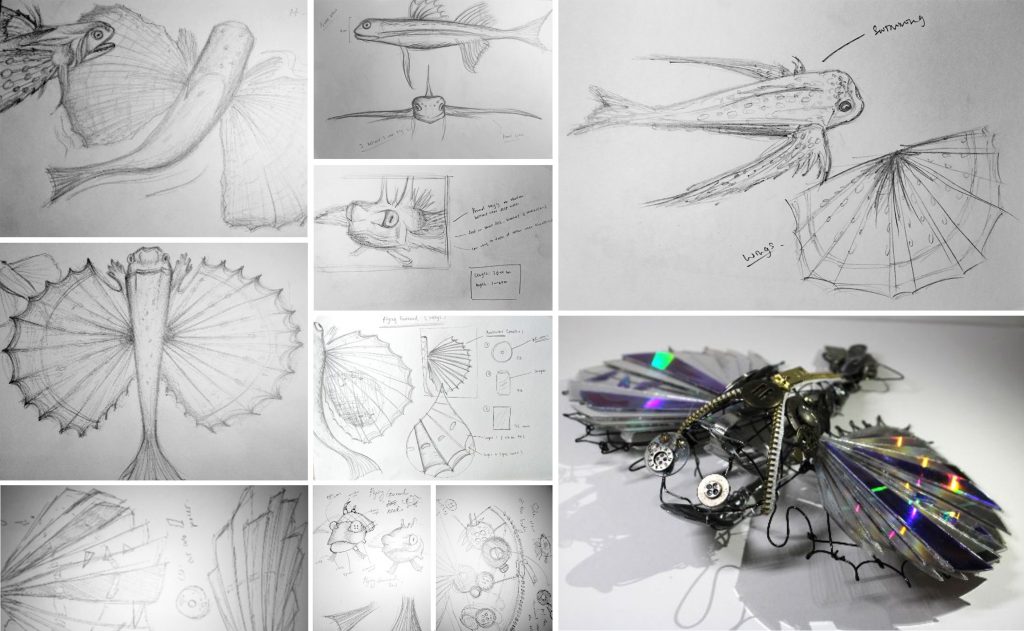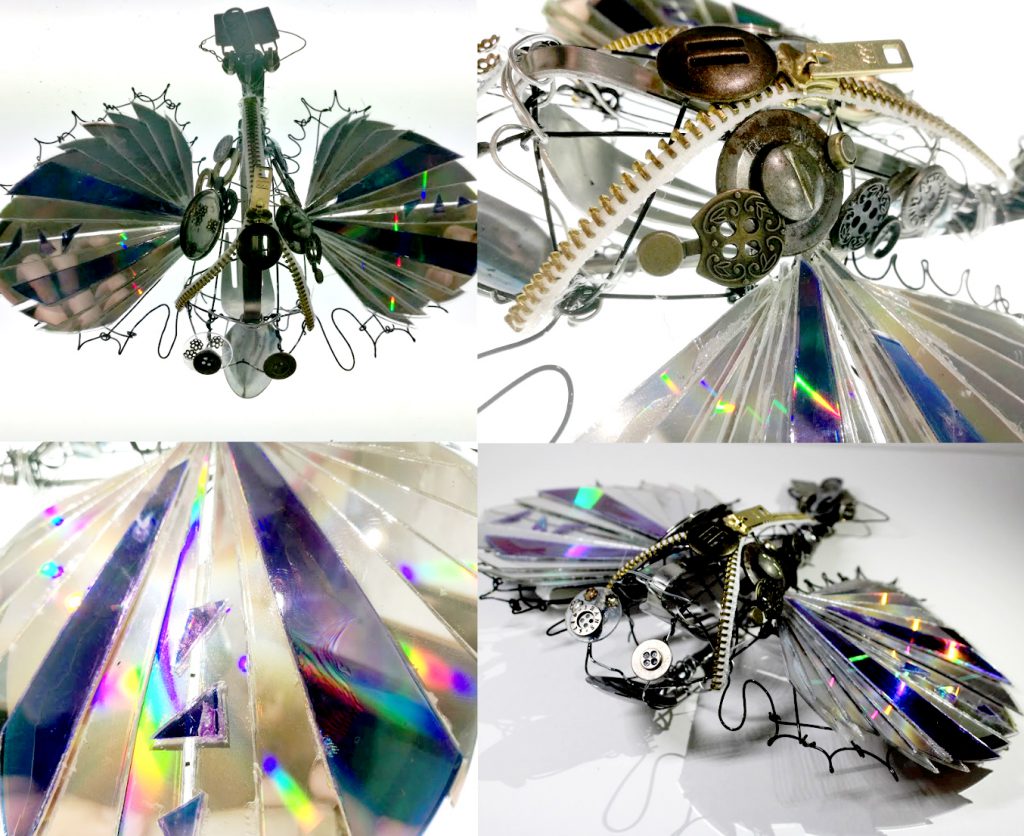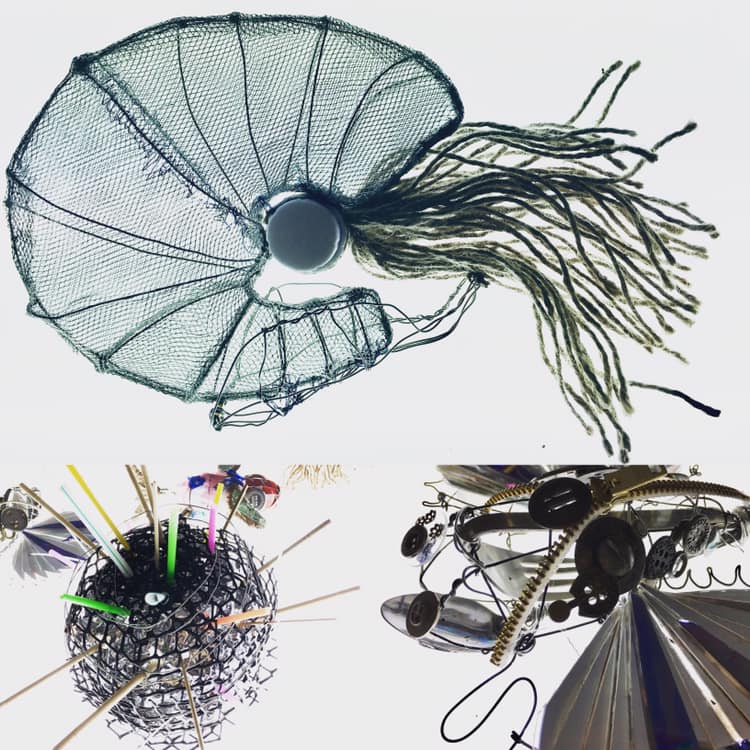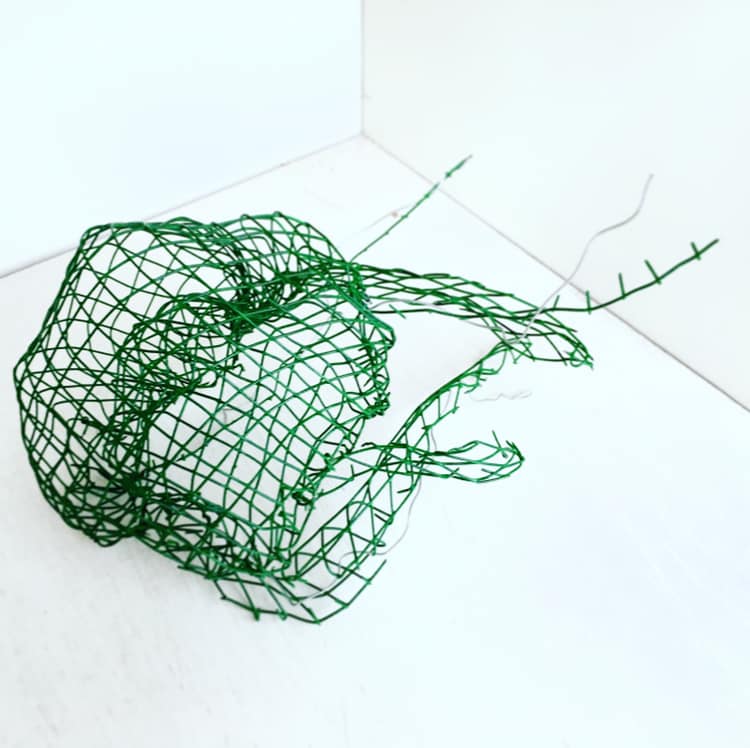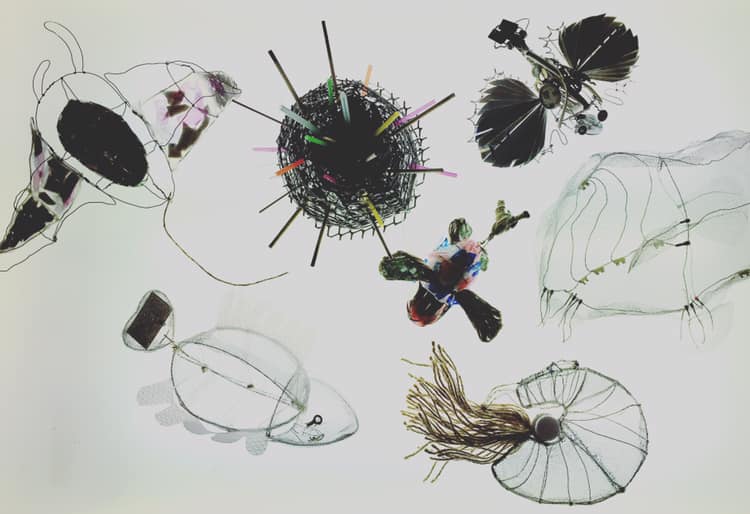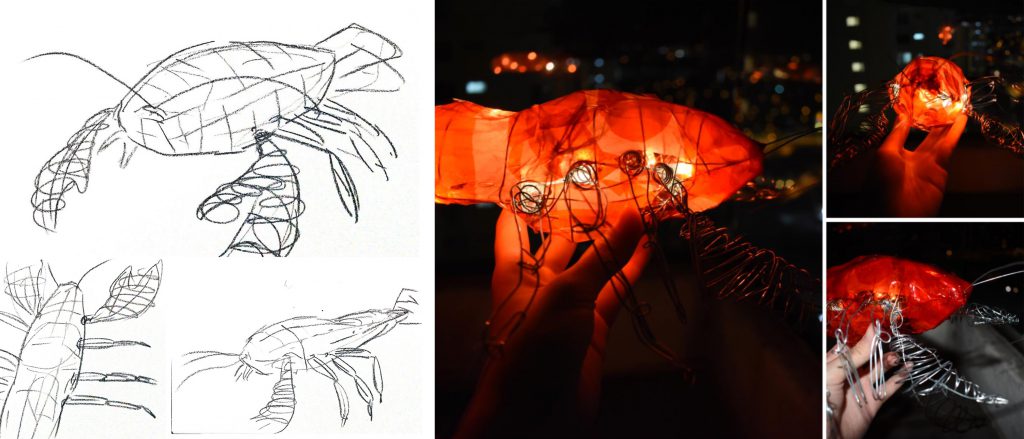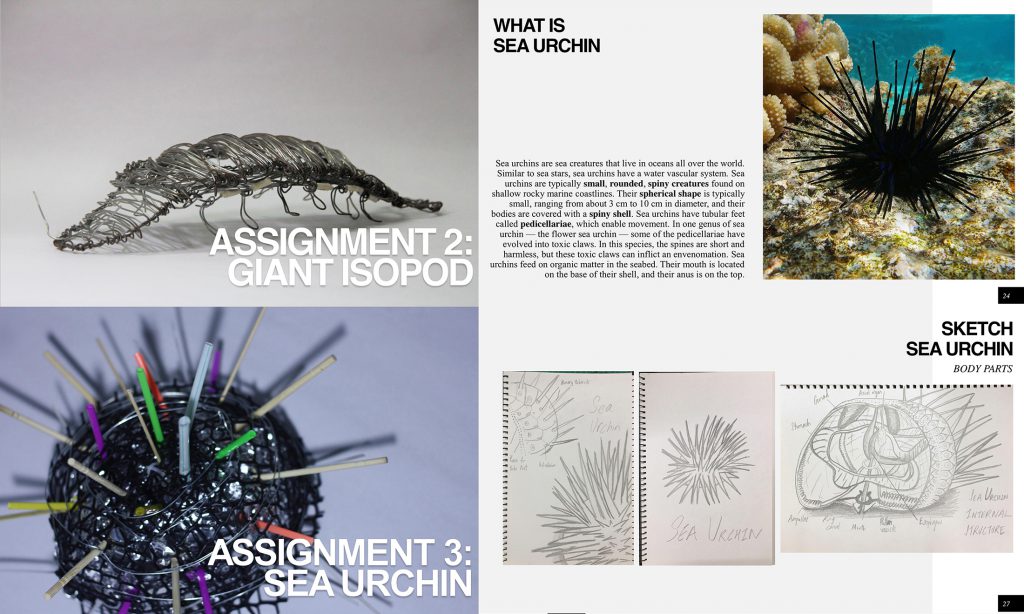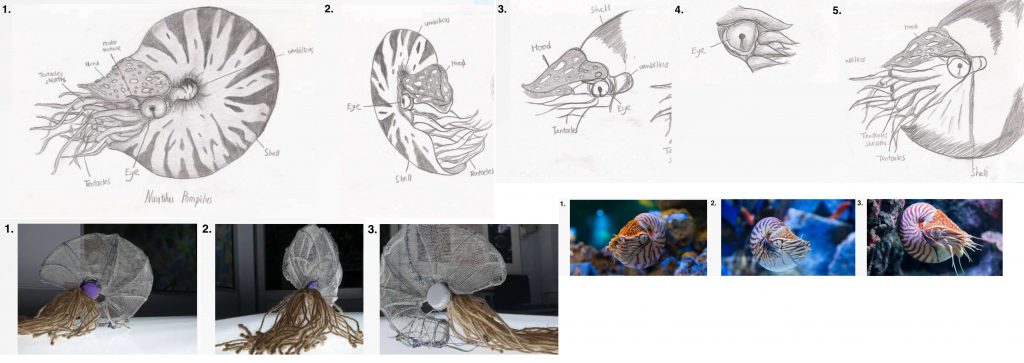[5 min read]
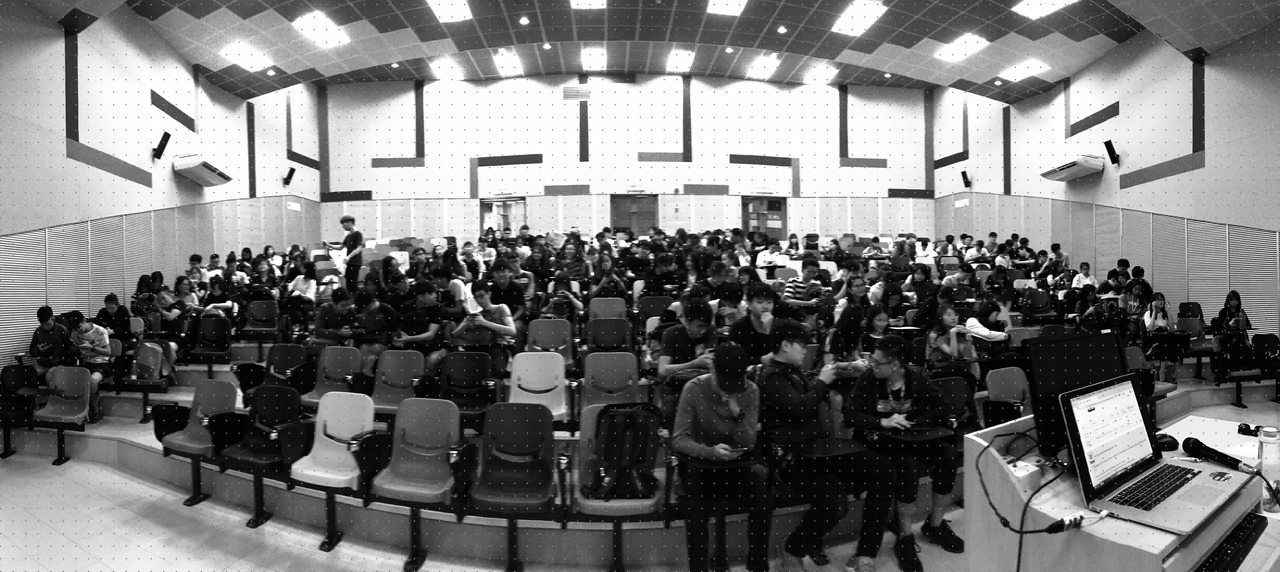
Introduction
In 2018, Fauzi Yusoff had conducted Conceptual Design class. The subject consists of 162 students, both in lecture and practical classes from Tuanku Abdul Rahman University College (TARUC). From conceptual to the design process, Fauzi Yusoff had implemented design thinking techniques into the subject’s element to explain how important the design process on every project.
What is Conceptual Design?
Conceptual Design is a creative act that shapes everything that follows. It is where the key decisions are made that can determine the ultimate milestone of a project. By understanding several conceptual frameworks for design, everyone can be a designer. And yet in every aspect of designs, it is a process built upon skills that anyone can strive to practice and eventually master.
Design Thinking to Conceptual Design
Design Thinking is a mindset in which the concept and design for emotional impact and the user experience are dominant. It is an approach to creating a product to evoke a user experience that includes emotional impact, aesthetics, and social-value-oriented interaction. As a design paradigm, design thinking is an immersive, integrative, and market-oriented eclectic blend of art, craft, science, and invention.
Conceptual Design is an early phase of the design process, in which the broad outlines of function and form of something are articulated. It includes the design of interactions, experiences, processes and strategies. It also involves an understanding of people’s needs – and how to meet them with products, services, & processes. C
Below this is the final products of student’s work for the Conceptual Design subject.
The Story
Concept
The main title of this environmental project is known as the Deep Underwater Sea Creature. The concept of this project is to focus on the idea of discovering the deep underwater sea creature that is rarely been discover on the mainstream surface and how the global issue of pollution is now affecting the deep surface of underwater environment.
__
Ideation
The ideation of this environmental projects is to allow students to involve critical thinking into a problem-solving by encouraging them to explore the deep underwater creature based on their interests. Within the limitations reference from the Internet, this idea is a good practice to let them to imagine and do more research especially doing sketches.
From concept to ideation, students had to develop their own research before forming a group as a part of the design process. The main focus is on the design process itself; which involving brainstorming, sketching, prototyping, product/ user testing and deployment.
As part of the solutions, design thinking had been implemented in order to make them understand that the design process is playing a big role in every stage of this project.
__
Sketching
Conceptual sketching is been used to explore more on technical aspects of the design in providing an initial response and possible solutions to problems.
The challenge of the subsequent design process is to set a perimeter by protecting the original concept to ensure the idea will be constructed based on the capability of development. Students had to visualize the dynamic movement and the feature of the creatures to ensure their final research is developed based on their research.
Below are some part of student’s sketches from their research & development:
__
Wireframe
On this wireframe stage, students had to visualize their ideation from sketches into wireframe techniques and moulding it into their first prototype. They were given
Consequently, students had a problem to construct the hard wire using their fingers and most of the wireframe prototype wasn’t durable for the user-testing stage. After the critics’ session, they’ve become more aware and started to develop based on the research and using the right tools to develop their wireframe.
From this First Prototype Stage, students learnt how to craft ideas but they were lacking on the technical part, the design process. Therefore, they had to create a solution to simplify the-rough-wire-edges by using a proper connection as below:
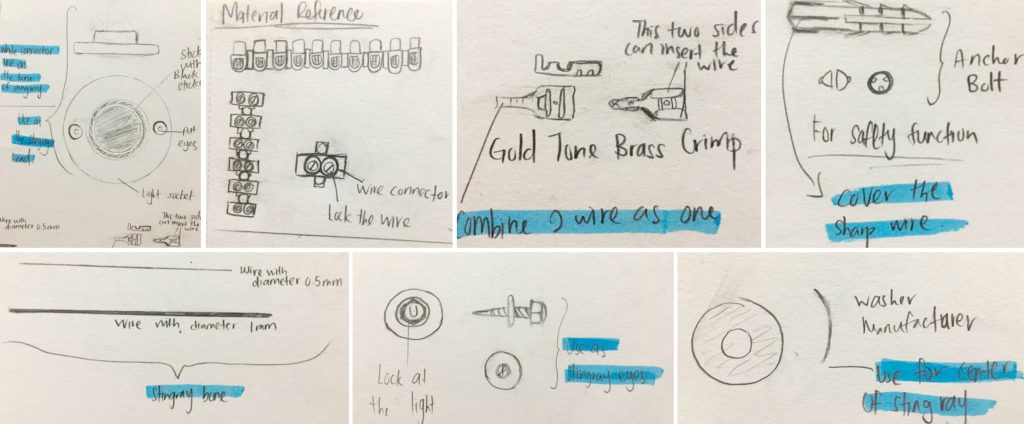
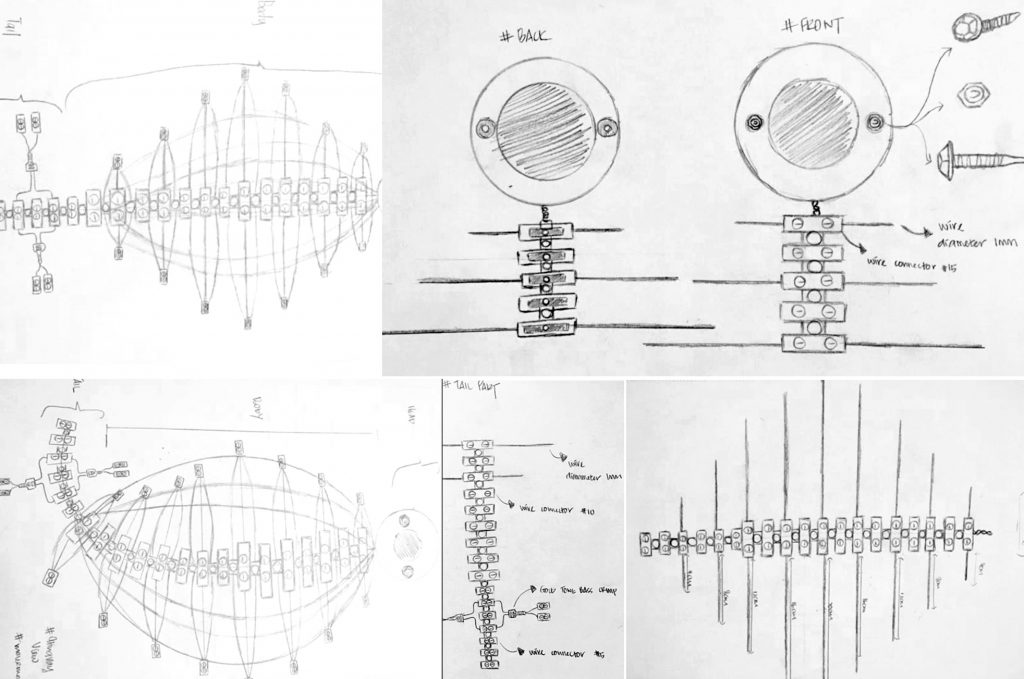
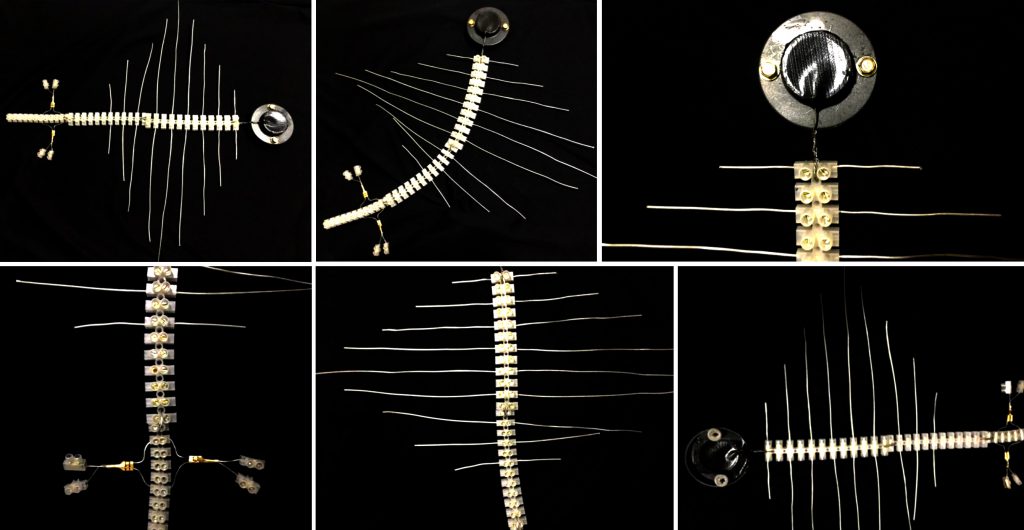
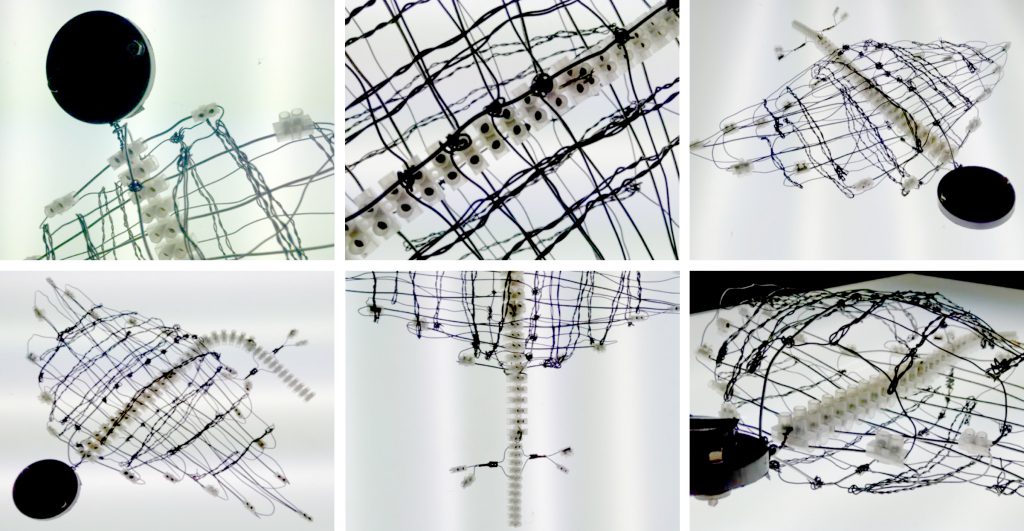
After the first
__
Prototype
“A prototype is an experimental phase, and the aim is to identify the best possible solution for each of the problems identified.”
Based on the students’ first prototype stage (individual assignment), most of the wireframe sculptures doesn’t meet the requirements for the user testing stage. Most of it didn’t focus on the aerodynamic movement and the assembly of the wireframe easily fall apart. That was because the implementation was built based on their logical thinking without following the proper research and design process.
During these stages, critics are important to make them understand and follow their initial plan from the sketches before constructing it. Thus, as a part of the design process and assignment’s requirement, students had to move to another stages by forming a group consisting of three members for the second prototype stage (final assignment).
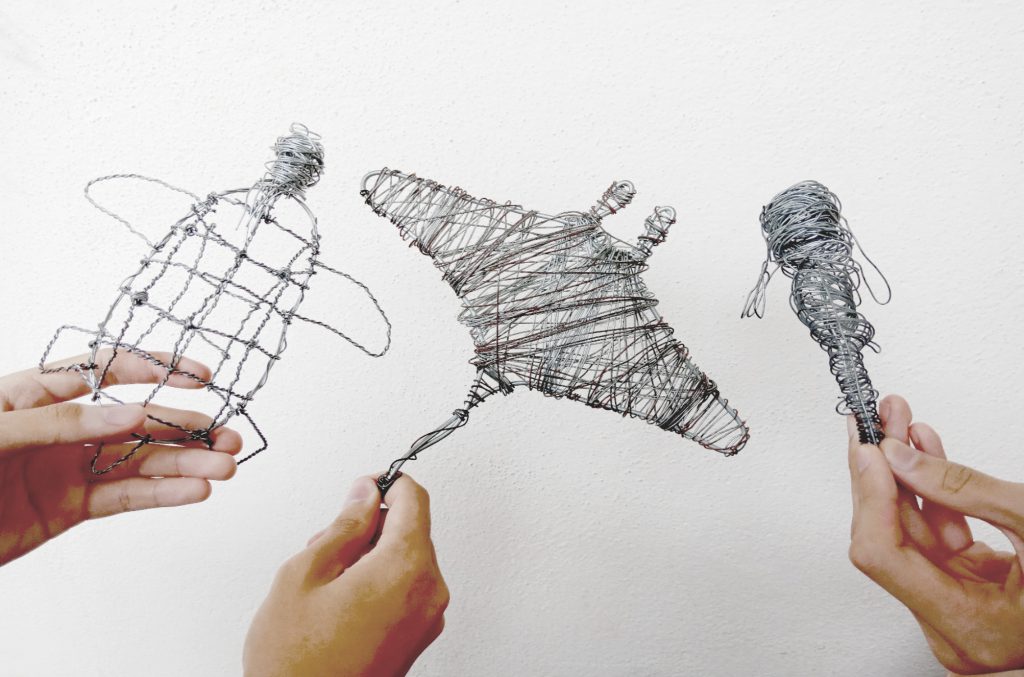
As a result, students had a better point of view on how they want to construct their ideas from their impractical execution on the first prototype stage from the Individuals Assignment into the Final Group Assignment. As part of design process, this method is important to encourage them to work in team and have a group discussion to solve a problem as a team’s decision.
Consequently, most of the lacking issues on their first prototypes stage from their Individuals Assignment had been improvised once they construct the design process in group.
User Testing
On this stage, students were able to understand their prototype design based on the function and durability. After the wireframe skeleton passes the user testing stage, students had encountered new challenges. They were assigned to fill in the wireframe with the concept of recycling materials. Thus they had to implement more specific research about the materials and develop the ideas.
“Not only we had to create a sculpture for our assignment, but we are also trying to promote using recycle materials to save our environments. When we recycle, used materials are converted into new products, reducing the need to consume natural resources. If used materials are not recycled, new products are made by extracting fresh, raw materials from the earth, through mining and forestry. Recycling helps conserve important raw materials and protects natural habitats for the future.” — Taken from student’s report
Construct the plan
During this stage, students had to lay down all of the information and resources on the table in order to find solutions and execute the plan by considering the most effective way to work and construct with the team and maintaining the concept of environmental approach.
“During this stage, we’ve realized how important to have well-prepared planning before starting any project. All those references and sketches will help us a lot during the project execution. This shows that the way we work is very important. Without a systemize working way, we might lose our way or stuck in the halfway while doing any project. We also realize the importance to apply the design principles into our design and other artwork including sculpture, photography and photo collage. It might affect the visual effect and the meaning that you want to bring out.”— Taken from student’s report
“Then, we divided the sculpture into three parts which are the head and tail as the first part, the body as the second part and the wings as the third part. Each of us in charge of one part. We’ve sketched out the sculpture parts by adding in the materials and recycle items that we want. Before finalizing the sketches, we have a discussion again to make sure the style and concept of our sculpture remain the same concept.
The materials that we decided to use in our finalize sculpture are CDs, buttons, zips, watch’s parts, batteries’ watch, zipper head, metal spoon, metal fork and some small screws. To get all these materials, we decided to have a look in my house since my Mom love to collect and keep bunches of different old little stuffs. Unexpectedly, after a round of searching and collecting in my house, we also get some other stuffs that are useful as well.” — Taken from student’s report
Below is some parts of student’s final group prototype sculptures:
__
Presentation
After an intensive 10 hours of lecture sessions and practical classes in between 14 weeks, students had gathered around for their final group presentation.
Below this is some of the screenshots from their presentation:
“At first, I did not apply the design principles in my sketches and photographs. After being criticized by sir Fauzi, I try to improvise and apply some of the principles into it. Now, I can clearly see the differences of before and after applying the design principles.
Not only that, the preparation and process are really important as well. Just like what sir Fauzi always reminding us: “It’s not about your work, it’s about how you work”. Sir Fauzi has been talking this to us since semester one and he really did change the way we work. The right way to work really helps me a lot this semester.
With the right way to work, I was cleared about what I am doing. I will not lose my way or direction during the process of a project. I can increase my efficiency while all the working files or documents are clear and in arranged. I finally realize the importance of having a right way to work.” — Taken from student’s report
__
The Conclusion
In every aspect of designs, the progress development built upon skills that anyone can strive to practice and eventually master. It’s not about your works, it’s about how you work. It takes a lot of discipline to manage the way we work. From there we are able to identify the pros and cons and understand our strength and capability to develop something.
By using design thinking techniques, we’re able to visualize the imagination and plot it into sections and set a perimeter and dateline to execute it.
With a proper knowledge, we’re able to develop our experience and we have to understand that the success and failure is a part of the learning process. Last but not least, we have to embrace our failures as a stepping stone toward the success. That’s what we call a process.
__
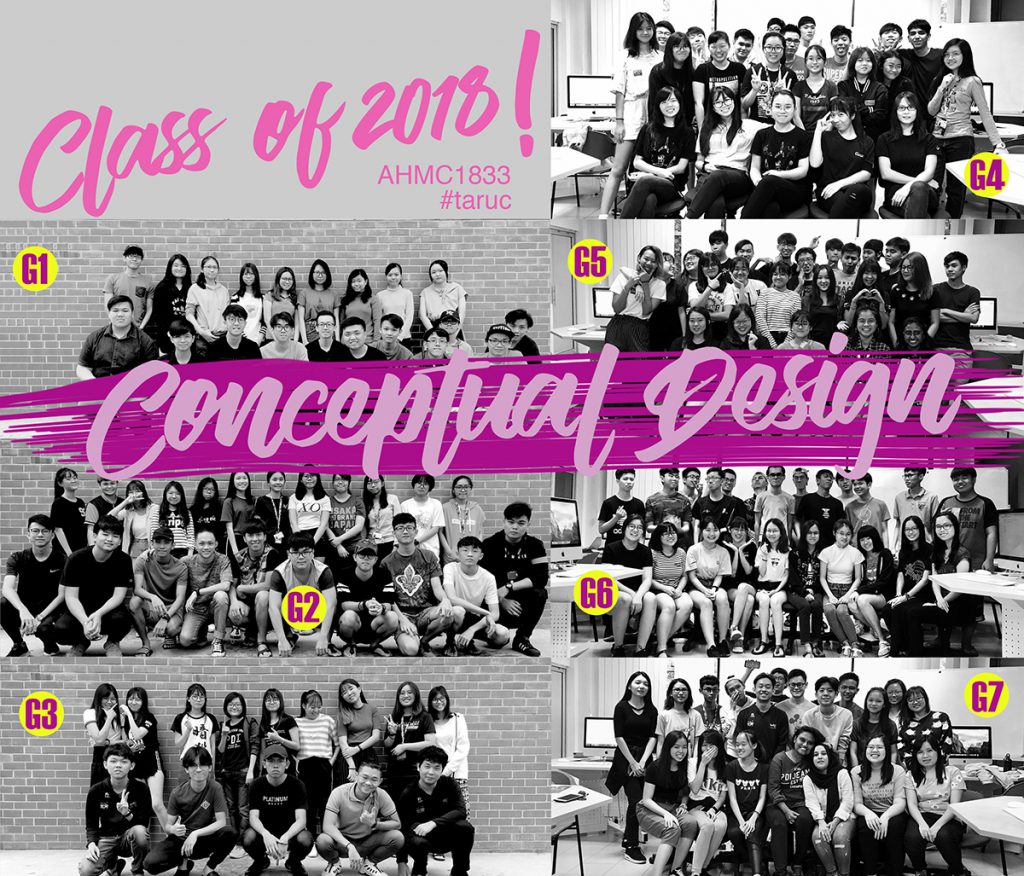
HOME > CASE STUDIES > Conceptual Design > Critical Thinking > Image Manipulation > Digital Imaging > Motion Graphics > New Media > Type in Motion

